Editors’ Picks





Found in Robotics White Papers & Archives, with a score of 49.35
Robotics 24/7 has been tracking how manufacturers, designers, integrators, and suppliers are looking to automation to augment human capabilities as labor shortfalls persist. In this issue, we share insights from both the International Federation of Robotics and the Association for Advancing Automation. Their data provides some cause for optimism. At the same time, robots are only as good as the people working with them, the software controlling them, and the data that they yield for business decisions. This Special Focus Issue looks at retraining efforts, robots in metalworking, and the importance of precise motion control for emerging applications. Most robots…
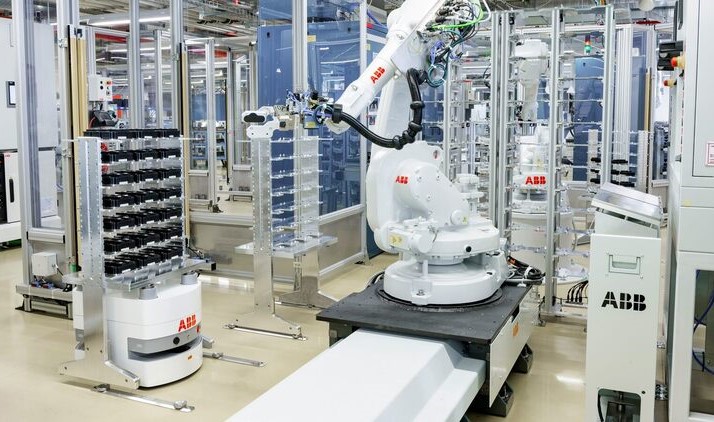
Found in Robotics News & Content, with a score of 44.53
While industrial automation in factories has been thoroughly studied, robotic mobility is also booming worldwide, according to the International Federation of Robotics. In its new research paper, “A Mobile Revolution,” the IFR predicts that unit sales of autonomous mobile robots, or AMRs, in the logistics sector will increase by 31% annually between 2020 and 2023. The Frankfurt, Germany-based IFR was established as a nonprofit organization in 1987. It promotes research, development, usage, and global cooperation across the field of robotics and business and government. The IFR's more than 70 members come from the robotics industry, national and international associations, and…
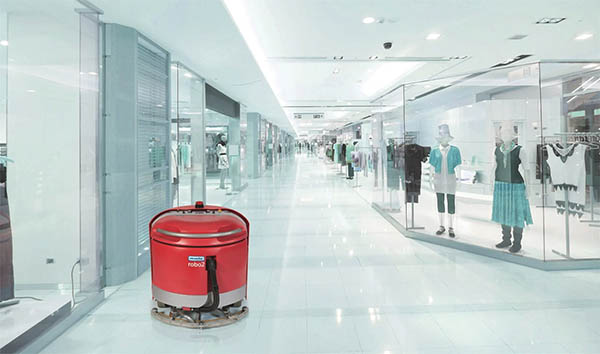
Found in Robotics News & Content, with a score of 43.12
…of about 3 million units worldwide, according to the International Federation of Robotics. The Frankfurt, Germany-based organization has analyzed the top five trends shaping robotics and automation globally. “Transformation for robotic automation is picking up speed across traditional and new industries,” stated Milton Guerry, president of the International Federation of Robotics (IFR). Founded in 1987, the IFR represents national robotics associations, research institutions, and robot manufacturers from more than 20 countries. The nonprofit compiles statistics including robot density, or number of units per 10,000 employees, for the degree of automation in multiple nations. The IFR this week listed the following…

Found in Robotics News & Content, with a score of 41.27
A new report by the International Federation of Robotics has found that the industrial robotics market in the People’s Republic of China is on the rise. The federation recorded 243,300 installations in the country in 2021. That’s a record and a 44% rise compared to 2020. “China was leading the global recovery after the COVID-19 pandemic and accounted for half of worldwide robot installations in 2021,” said Marina Bill, president of the International Federation of Robotics (IFR), in a statement. The county has been the world’s largest industrial robot market since at least 2013. Chinese government bullish on automation China’s…
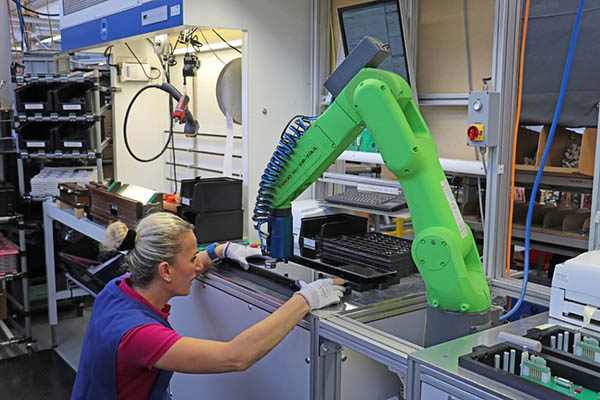
Found in Robotics News & Content, with a score of 41.21
…sales of industrial robots grew in 2020, reported the International Federation of Robotics today. The number of robots operating in factories worldwide increased by 10% to a total of 3 million, according to the World Robotics 2021 Industrial Robots report. Sales grew a mere 0.5% last year, with 383,500 units shipped globally. The growth in China offset the contractions of other markets, said the IFR. The past year was the third most successful year in history for the robotics industry, following 2018 and 2017. Annual turnover of robots was more than $50 billion last year, including software and peripherals but…
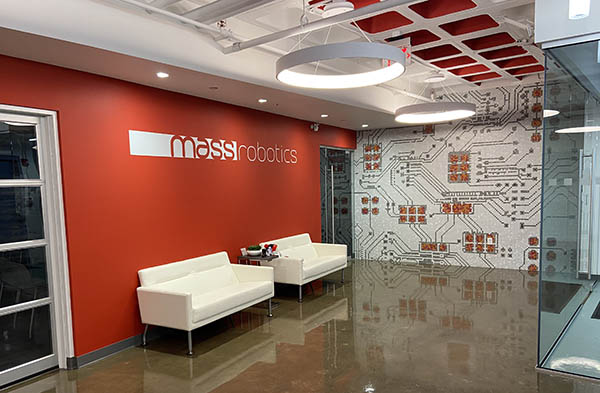
Found in Robotics News & Content, with a score of 41.02
…automation continue to expand around the world, some key robotics clusters have emerged as hubs of innovation. In the U.S., innovation is happening all over the country, but a few hotbed areas include Pittsburgh, Silicon Valley, and Boston. Denmark, Germany, and Sweden are among the most automated countries in the world, according to the International Federation of Robotics (IFR). Japan, South Korea, China, and Singapore are some of the biggest robotics exporters and consumers. The IFR found that Asia has the highest density of robots in the manufacturing industry. Robotics clusters faciliate networking To facilitate innovation and networking, organizations have…

Found in Robotics News & Content, with a score of 40.70
…the Olympic Games Beijing 2022 are taking advantage of robotics to help keep athletes and attendees safe this year. An estimated 2,900 athletes are participating, according to the International Olympic Committee. The event will take place within a “closed-loop” bubble system to help minimize the spread of COVID-19 and to ensure athletes and attendees don’t leave the event’s confines and enter the city. The Main Media Centre of the venue is decked out with service robots performing a variety of tasks, from disinfecting surfaces and taking temperatures to preparing and serving up meals and alcoholic drinks. The goal is to…
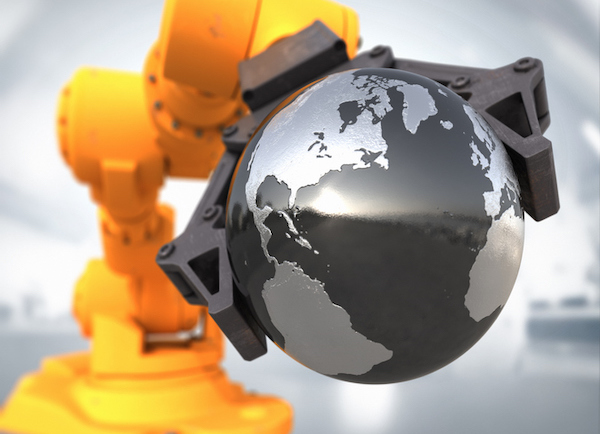
Found in Robotics News & Content, with a score of 40.00
…robots made a strong recovery in 2021, reported the International Federation of Robotics. A new record of 486,800 units were shipped globally—an increase of 27% compared with the previous year. The Americas increased by 27%, with 49,400 units sold. Asia and Australia saw the largest growth in demand: Installations were up 33%, reaching 354,500 units. Europe saw double digit growth of 15%, with 78,000 units installed, according to the International Federation of Robotics' (IFR) preliminary results for 2021. “Robot installations around the world recovered strongly and make 2021 the most successful year ever for the robotics industry,” stated Milton Guerry,…
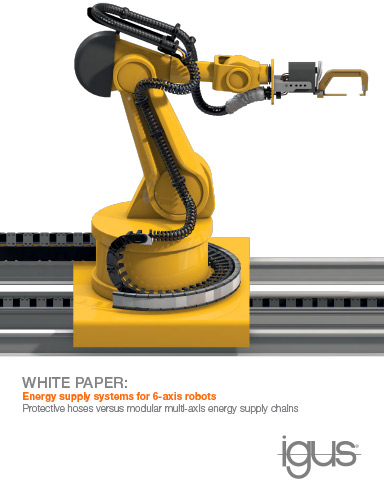
Found in Robotics White Papers & Archives, with a score of 39.73
…517,000 units in 2021, the latest statistics from the International Federation of Robotics (IFR) for 2022 point to a further growth in sales by 10 percent. These high growth rates will continue in the near future. Even if the cyclical developments in the two main customer sectors, the automotive and electronics sectors, lead to fluctuations in demand, both industries display a strong trend towards making more investments in robotic systems and production automation. In addition, the orders for robotics rise constantly in other segments of the plastics, pharmaceutical and food industries up to the metal and machine sector. Demand from…
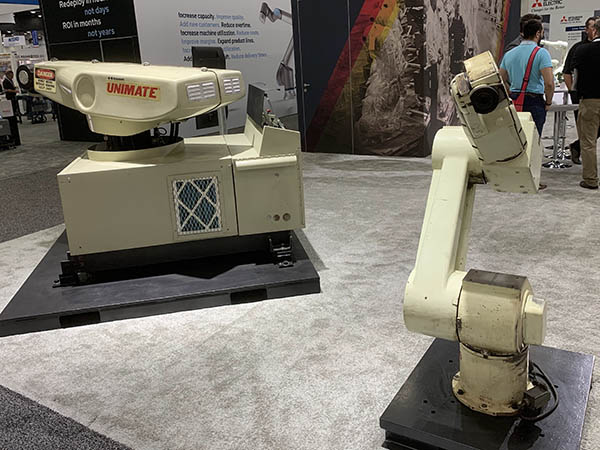
Found in Robotics News & Content, with a score of 39.68
…including product launches, new collaborations, and insights into where robotics is heading in the next few years. More than 30,000 people registered for this year's event, with 757 exhibitors on the show floor, according to the Association for Advancing Automation (A3). Robotics 24/7 has rounded up the most interesting or impressive robots we saw at Automate. One notable trend is that industrial automation and collaborative robot arms are converging in capabilities, as cobots increase in size and industrial robot arms get outfitted with new sensors and components designed to make them safer to use. Another is that automotive industry continues…
Found in Robotics News & Content, with a score of 37.54
The International Federation of Robotics predicts 15% annual growth for robots, with five major markets representing 70% of the total sales volume: China, Japan, USA, South Korea and Germany. “The main driver of this development is the global competition of industrial production,” said Arturo Baroncelli, president of the International Federation of Robotics (IFR). “The automation witnessed by the automotive sector and the electrical/electronics industry comes out top here with a market share of 64%.” Within this context, IFR suggested the rapid automation in China represents a unique development in the history of robotics. The number of industrial robots sold increased…
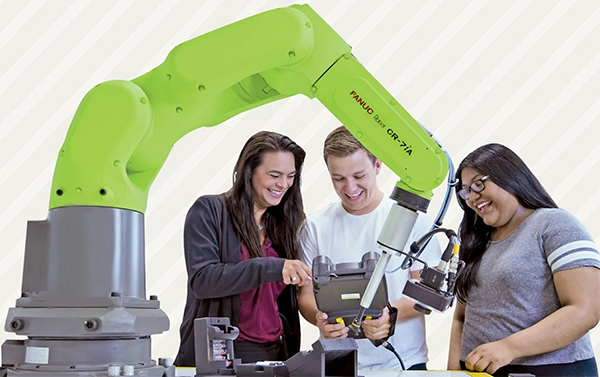
Found in Robotics News & Content, with a score of 34.60
…3 million units worldwide in 2020, according to the International Federation of Robotics. The IFR last week said it has researched how robotics training can shape workforce education and enhance skills development, both now and in the future. “Automating dull, dirty, and dangerous tasks is changing job profiles of factory workers for the better,” said Milton Guerry, president of the IFR. “Academies run by robot manufacturers play a key role in making this transition possible. Employers send thousands of workers to robotics training every year.” Manufacturers lead robotics training efforts Robot manufacturers such as ABB, FANUC, and KUKA all register…



